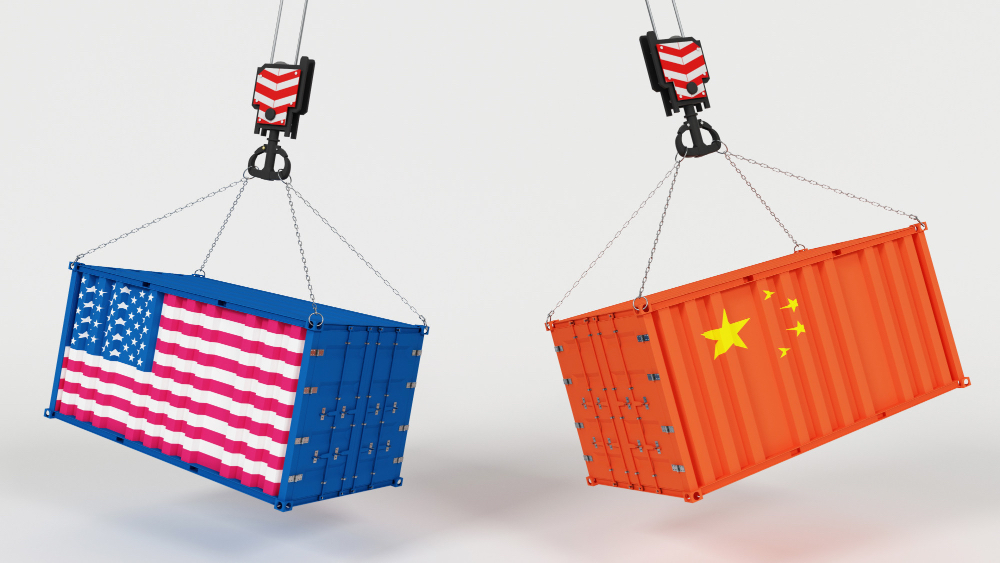Singapore cannot remain on the sidelines indefinitely amid rising trade tensions between the United States and China, Deputy Prime Minister Gan Kim Yong said at a business conference on May 22.
While Singapore values strong economic ties with both superpowers, it is becoming “increasingly difficult and challenging” to “find a way that will be comfortable for both sides,” he noted. Should Singapore be forced to choose, the consequences could be significant for its S$731.4 billion economy (at current market prices), given the depth of its trade and investment links with both countries.
China is currently Singapore’s largest merchandise trading partner, with Malaysia in second place and the US in third. In 2024, total merchandise trade reached S$170.2 billion with China, S$138.6 billion with Malaysia, and S$136 billion with the US, according to the Department of Statistics (Singstat). Singapore exported more to China and Malaysia than it imported from them, while it imported more from the US than it exported.
The pattern was reversed in the services trade. In 2023—the most recent year for figures found in the Singstat document—the United States was Singapore’s largest services trade partner, followed by the European Union and China. Singapore imported S$108 billion worth of services from the US and exported S$51.1 billion. For China, services imports totalled S$35.7 billion and exports S$29.2 billion.
Foreign direct investment
The US also holds a commanding lead in foreign direct investment (FDI) in Singapore. It accounted for S$692.3 billion—roughly a quarter—of Singapore’s total FDI stock of S$2.84 trillion in 2023. China, by contrast, did not appear among the top five sources, which included the Cayman Islands, British Virgin Islands, Japan, and the United Kingdom.
However, China had the largest stock of Singapore’s outbound FDI in 2023, having received S$223 billion, followed by India with S$109.9 billion.
Chinese FDI in Singapore is rising too. China was the fourth-largest source of inward FDI, investing over S$10 billion—still significantly less than the nearly S$50 billion from the US. The UK and Japan were the second and third largest sources, respectively, though contributing substantially less than America.
America plays a significant role in the Singapore economy. Bilateral trade and investment have grown steadily since the US-Singapore Free Trade Agreement (USSFTA) came into force in 2004. According to the American Chamber of Commerce, around 5,700 American companies operate in Singapore, many using it as their Asia-Pacific hub. In 2021, US multinationals based in Singapore employed 191,400 people.
China’s presence is growing, too. Tech giants Alibaba, Tencent, and ByteDance have all set up regional offices in Singapore, joined by others like Trip.com and Huawei Cloud, according to business consultancy Hawksford. Nonetheless, American companies have a much longer history in Singapore. China’s outward investment only gained momentum following economic reforms under Deng Xiaoping.
Defence ties
Singapore’s ties with the US also run deep in the defence realm. According to the Ministry of Foreign Affairs, “close and longstanding defence ties are a cornerstone of the Singapore-US bilateral relationship”. The 2005 Strategic Framework Agreement saw the US recognise Singapore as a Major Security Cooperation Partner. This partnership was further strengthened by the Enhanced Defence Cooperation Agreement signed in 2015, which expanded collaboration in areas such as biosecurity, cyber defence, humanitarian aid, disaster relief, and strategic communications. Singapore maintains three military training detachments in Idaho, Arizona, and Texas, forming the second-largest permanent foreign military presence in the US. The two countries conduct joint exercises annually.
At the same time, Singapore is expanding defence cooperation with China. The Singapore Armed Forces has conducted joint exercises with the People’s Liberation Army as part of a growing bilateral relationship.
Still, it is clear that China is playing catch-up. America recognised Singapore just two days after the city-state’s independence on August 9, 1965, and established diplomatic ties in April 1966 when the US embassy opened on the island. China and Singapore only established official relations in 1990.
From capital inflows and job creation to military training and security partnerships, Singapore has long benefited from close ties with the United States. Relations with China have also yielded significant economic dividends. Yet recent developments — such as renewed US tariff threats under former President Donald Trump — have raised concerns in Singapore. Prime Minister Lawrence Wong has warned that the global economy could be heading for its third recession in two decades, following the financial crisis in 2008 and the COVID-19 pandemic in 2020.
Deputy Prime Minister Gan has said Singapore will make decisions based on what best serves the country and its people. But the reality is that, in a world increasingly shaped by geopolitical rivalry, Singapore finds itself caught—uneasily—between a rock and a hard place.
Featured image by Freepik (for illustration purposes only)

